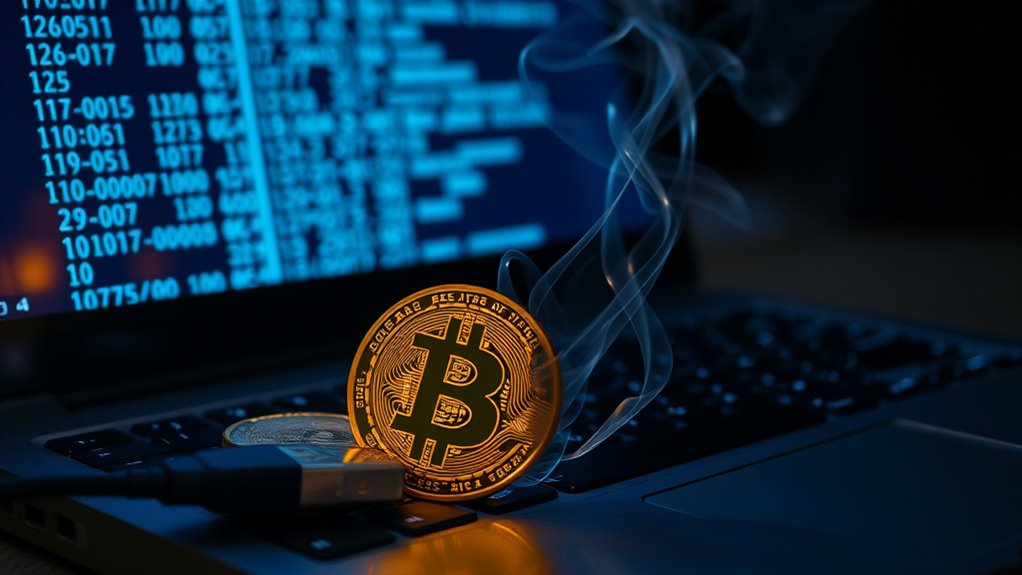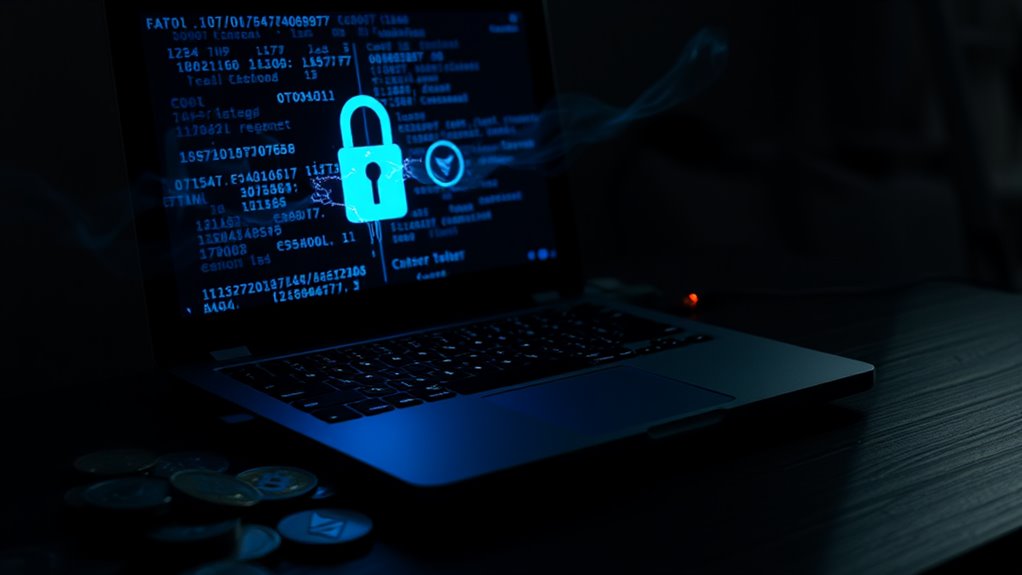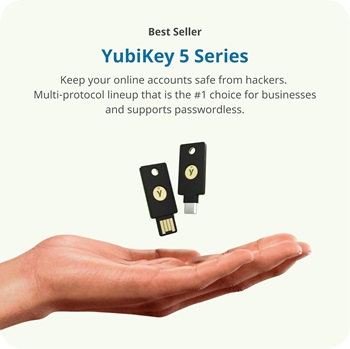Malware in Crypto
Note: This post may contain affiliate links, and we may earn a commission (with No additional cost for you) if you make a purchase via our link. See our disclosure for more info. The crypto world is constantly changing. This content is for informational purposes only and not financial, legal, or professional advice So, please verify the info on the cryptocurrency provider’s websites.
Malware in crypto is a nasty business. It preys on digital assets, locking files for ransom or hijacking devices to mine crypto without consent. Ransomware alone stole a whopping $3.8 billion last year! Cryptojacking incidents skyrocketed by 399%. And let's not forget the smart contract exploits—like a thief in the night draining your wallet. Cybercriminals are cashing in on innovation's dark side, leaving chaos in their wake. Stick around to find out just how deep this rabbit hole goes.

In a world where digital money reigns supreme, one might think that crypto is all about freedom and innovation—think again. Beneath the surface of this shiny new financial frontier lies a murky underbelly teeming with malware. Yes, you heard it right. Malware. It's like the dark alley you never wanted to enter.
Cryptojacking is one of the biggest offenders, stealthily hijacking your device to mine cryptocurrency without your permission. How generous of them, right?
Then there's ransomware. This nasty piece of work locks up your files and demands payments in crypto to free them. It's like a digital hostage situation—except you're the hostage, and your files are the ones being held ransom. In 2022 alone, hackers made off with a staggering $3.8 billion. That's a serious chunk of change, folks. The average cost of a ransomware attack is $4.54 million, which illustrates just how lucrative this crime has become for cybercriminals. Moreover, the impact of crypto malware can put individual investors at significant risk.
And don't even get started on smart contract exploits, which drain funds from wallets faster than you can say "blockchain" thanks to pesky vulnerabilities.
Infostealers are another breed of malware. These sneaky little programs steal your private keys, seed phrases, or wallet credentials. It's like someone rifling through your pockets while you're busy scrolling through TikTok. With a shocking 56% rise in cryptostealer detections across Windows, Android, and macOS, your digital assets are more vulnerable than ever before.
And if you think cryptojacking incidents are slowing down, think again. There was a jaw-dropping 399% increase in such attacks reported in 2023. Insane, right?
The numbers don't lie. Daily, 560,000 new malware pieces are detected, adding to the over 1 billion existing programs.
For businesses, the nightmare doesn't end there. In 2022, 64% of companies fell victim to ransomware. Half of them managed to recover their data after paying, but let's be real—who wants to fork over cash to criminals?
In the crypto world, innovation comes with a heavy price tag, and it's not just the value of your Bitcoin.
Frequently Asked Questions
How Can I Tell if My Crypto Wallet Is Compromised?
To figure out if a crypto wallet is compromised, watch for weird stuff.
Missing funds? Yikes. Unauthorized transactions? Alarm bells! Unexpected tokens showing up? That's sketchy.
If there are strange login attempts or gas fees acting all wonky, something's off.
Also, if your keys are floating around on the cloud, good luck with that.
Keep an eye out for scams, phishing, and those pesky unsolicited airdrops. Better safe than sorry, right?
What Are the Signs of a Malware Infection in My Device?
Signs of a malware infection? Oh, they're hard to miss.
Laggy device? Check. Random pop-ups? Yep, that's a classic. High battery drain? Could be your device's way of saying, "Help!"
Strange texts from your contacts? Alarm bells, folks. And how about those mysterious apps? Surprise! Malware loves a good disguise.
If your device is acting like it's possessed, it probably is. Time to wake up and smell the compromised security!
Can Antivirus Software Protect Against Crypto Malware?
Antivirus software can offer some protection, but don't get too comfy.
Signature-based detection is like using a map from 1990—useless against new threats. Sure, some fancy tools can spot trouble in real time, but what about outdated systems? Talk about a disaster waiting to happen.
And guess what? Antivirus can't stop phishing attacks, which are often the sneaky entry point for malware.
What Should I Do if I Suspect Malware on My Device?
If someone suspects malware on their device, they need to act fast.
Disconnect from the internet—no need for that sneaky software to keep chatting.
Update everything. Uninstall anything sketchy. Clear the cache like it's a bad memory.
Run a full scan—do it! Look for weird battery drains or slow performance.
Check accounts for ghostly activity. Finally, change those passwords. Because who doesn't love a good password reset panic?
Are There Specific Cryptocurrencies More Vulnerable to Malware Attacks?
Some cryptocurrencies are definitely magnets for malware.
Monero? It's like a cozy hideout for illicit activities, thanks to its privacy features.
Nano? Lightweight and stealthy, making it a prime target.
Bitcoin? With its hefty market cap, it's a goldmine for hackers.
Ethereum? Smart contracts are a playground for exploits.
The takeaway? If it's popular and valuable, it's likely on the radar for malware attacks.
No surprise there, right?










